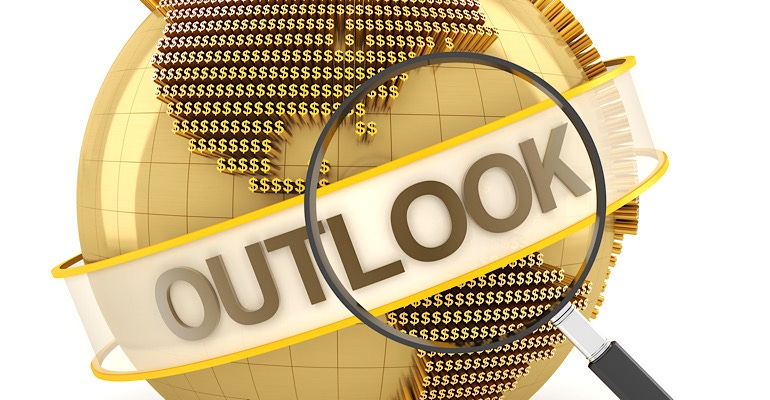Was there a slowdown in M&A and will the industry see more of the same in 2023?

Karen Young
M&A overall activity slowed in 2022 over 2021, primarily due to macro factors, including geopolitical tension.
According to PwC’s Roel Van den Atter, Partner, Pharmaceutical & Life Science Deals Leader, PwC, US, told MD+DI that based on current activity as the year 2022 winds down, “we do see a healthy activity level going forward.”
The fact is that PwC’s biggest advisory deal in 2022 was in medtech, Van den Atter said.
There were times during the year, however, that “broad-based market dislocation,” such as the Ukraine-Russia war, which did not help,” and the “situation [with] China,” and therefore weighed down dealmaking.
The PwC outlook for 2022 had been much more optimistic at the end of 2021.
“I think if you look at what actually panned out, [the activity in 2022] was somewhat different than what we expected at that time,” Van den Atter said. “I think if you try to [deconstruct] that, it was a result of more macro and exogenous factors.”
Among those factors was “inflation factors creeping up beyond” what was expected” at the end of 2021. That reality made “M&A C-suite players” – and sentiment in the market overall – more risk-averse, according to Van den Atter. “I think that people became a bit more skittish, more broadly, about M&A.”
Other factors cited by Van den Atter included “a bit of a pivot in the market with growth stocks and the equity markets cooled off,” also factors that resulted in the broad-based market dislocation.
KPMG Advisory Partner Andrew Getz offered a reserved outlook for 2023, noting: “As the uncertainty of 2022 persists in 2023, we expect to see continued caution around deals, with more rigor and time investment in due diligence to ensure the rationale for an investment is warranted.”
The current economic outlook is “negatively affected by multiple factors, including inflation, threats of recession, supply chain disruption, strain on capital markets, and geopolitical turmoil,” according to Getz.
Getz also noted that “subsequent monetary policy/interest rate hikes made it tougher for PE and corporate to finance deals.” However, according to Getz, “the market is still active with plenty of deals,” he added that “deal value went down significantly, meaning a lack of megadeals and companies are avoiding” large deals, which he defined as over $1B, which he interprets as “a sign of being cautious.”
Still, the 3Q22 deal volume was as much as the third quarter volume in pre-pandemic 2019, according to information provided by KPMG.
A mid-2022 report on biopharma and medtech deals from J.P. Morgan noted that “life sciences deals and funding are back to pre-2020 levels,” but second quarter activity was not positive for M&A or IPOs.
Biopharma and medtech dealmaking continued to see declines across its subsectors in the second-quarter of 2022,” that report stated. “This follows years of record-breaking activity in venture, licensing, IPO and M&A.”
Some companies, according to KPMG, are “having difficulty lining up financing to get deals done [because] capital markets have cooled: lending is both tough and expensive.”
There were 145 M&A deals across health care and life sciences in the first half of 2022, the report states.
In the second quarter, according to the J.P. Morgan report, there were 663 venture rounds in biopharma and medtech, which was “down from the 862 peak in funding rounds in the first half of 2021.”
The J.P. Morgan report said the second quarter activity in both IPOs and M&A were “both the lowest activity across the five-year trends for biopharma and medtech.”
However, activity measured on a per-quarter basis tends to “ebb and flow,” according to PwC’s Van den Atter.
About the Author(s)
You May Also Like




